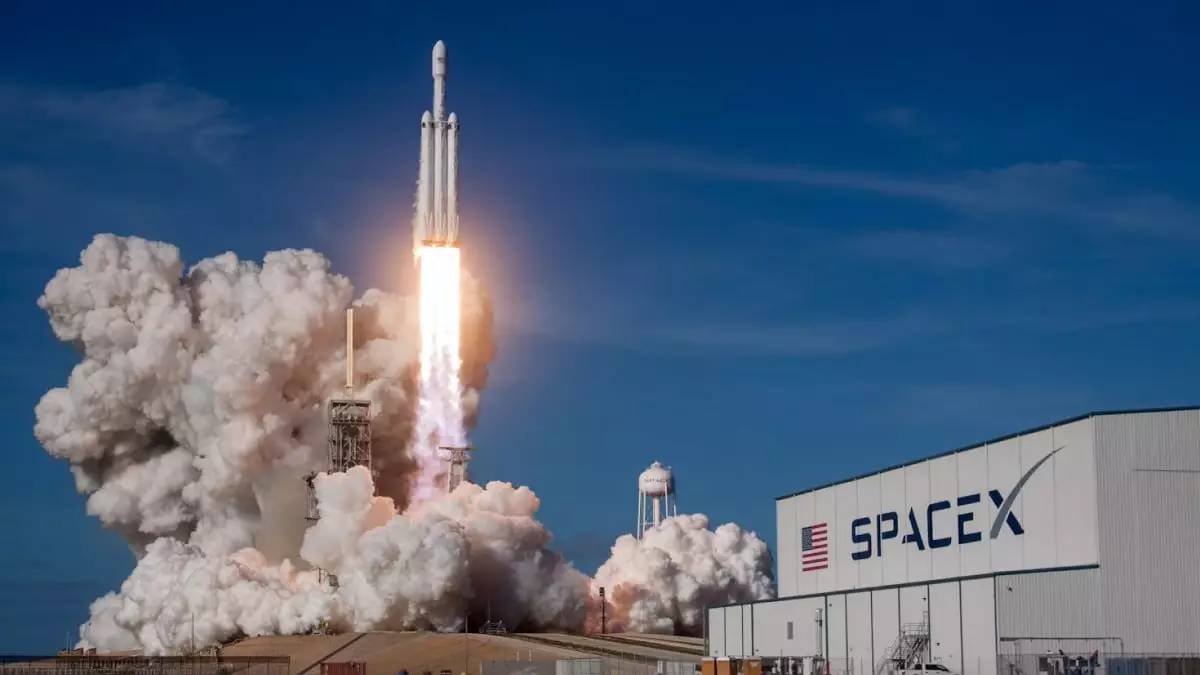On September 12, 2024, a transformative event took place regarding the future of space exploration. Jared Isaacman, a billionaire known for his entrepreneurial ventures, alongside Sarah Gillis, an accomplished engineer from SpaceX, became the first non-professional astronauts to conduct a spacewalk. This pioneering achievement unfolded 435 miles above Earth and is a striking indication of how private enterprises are beginning to shape the landscape of space travel. Previously, activities like spacewalks were exclusive to government-employed astronauts. This recent development highlights the increasing involvement of private industry in space exploration missions.
The mission, named Polaris Dawn, showcases Isaacman’s vision for advancing human spaceflight capabilities. Funded entirely by Isaacman himself, this venture is more than just a historic moment; it potentially symbolizes a shift toward more commercial endeavors in outer space. Departing from the SpaceX Dragon capsule, the duo donned specially designed extravehicular activity (EVA) suits engineered to meet the demands of this unprecedented mission. Their departure was noteworthy not only for its risks but also for its meticulous preparations; the spacewalk had experienced delays to ensure that both safety protocols and equipment functionality were robust.
The intricacies of this mission were significantly different from historical spacewalks. Unlike traditional protocols that utilize airlocks, Isaacman and Gillis performed their spacewalk with the Dragon capsule fully exposed to space. This tactic offered unique challenges, as the crew had to undergo an intensive two-day “pre-breathing” process to mitigate decompression sickness risks. The spacecraft’s internal environment was carefully managed to align with the external vacuum, illustrating the innovative methods by which SpaceX is pushing the conventions of aerospace engineering.
Dr. Simeon Barber, a research scientist, commented on the significance of this new approach. He noted that deviating from historical methodologies not only reflects SpaceX’s forward-thinking nature but also opens the door to more creative strategies for conducting future missions.
A Leap Toward Broader Accessibility in Space Travel
The importance of the EVA suits cannot be understated. Equipped with advanced features such as a heads-up display, these suits were designed to enable unprecedented functionality and ensure astronaut safety under extreme conditions. This successful private spacewalk not only represents a monumental accomplishment for Isaacman and Gillis; it also signifies a shift in what might be possible for the future of space travel.
Although the financial implications of such ambitious missions remain substantial, initiatives like Polaris Dawn could pave the way for a new era of accessible space exploration. Furthermore, this mission set a record for the highest number of individuals in the vacuum of space at one time, further emphasizing the need for private entities to take an active role alongside government space agencies. As we reflect on this pivotal event, it becomes clear that the landscape of space exploration is evolving, offering exciting possibilities for future missions and adventures beyond our planet.


Leave a Reply